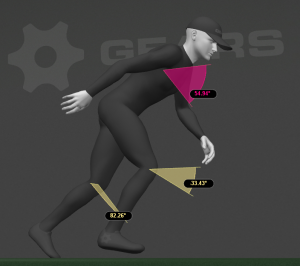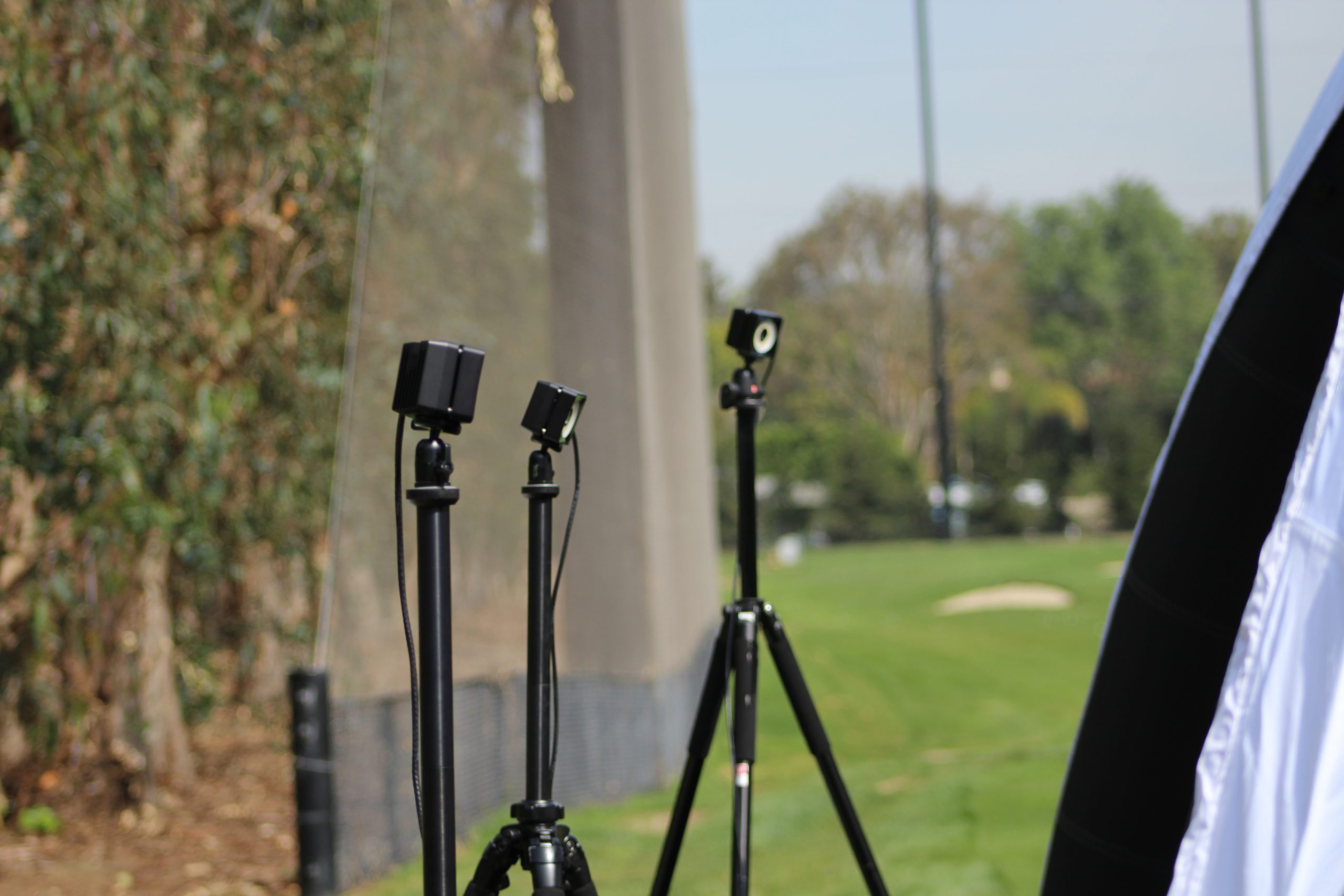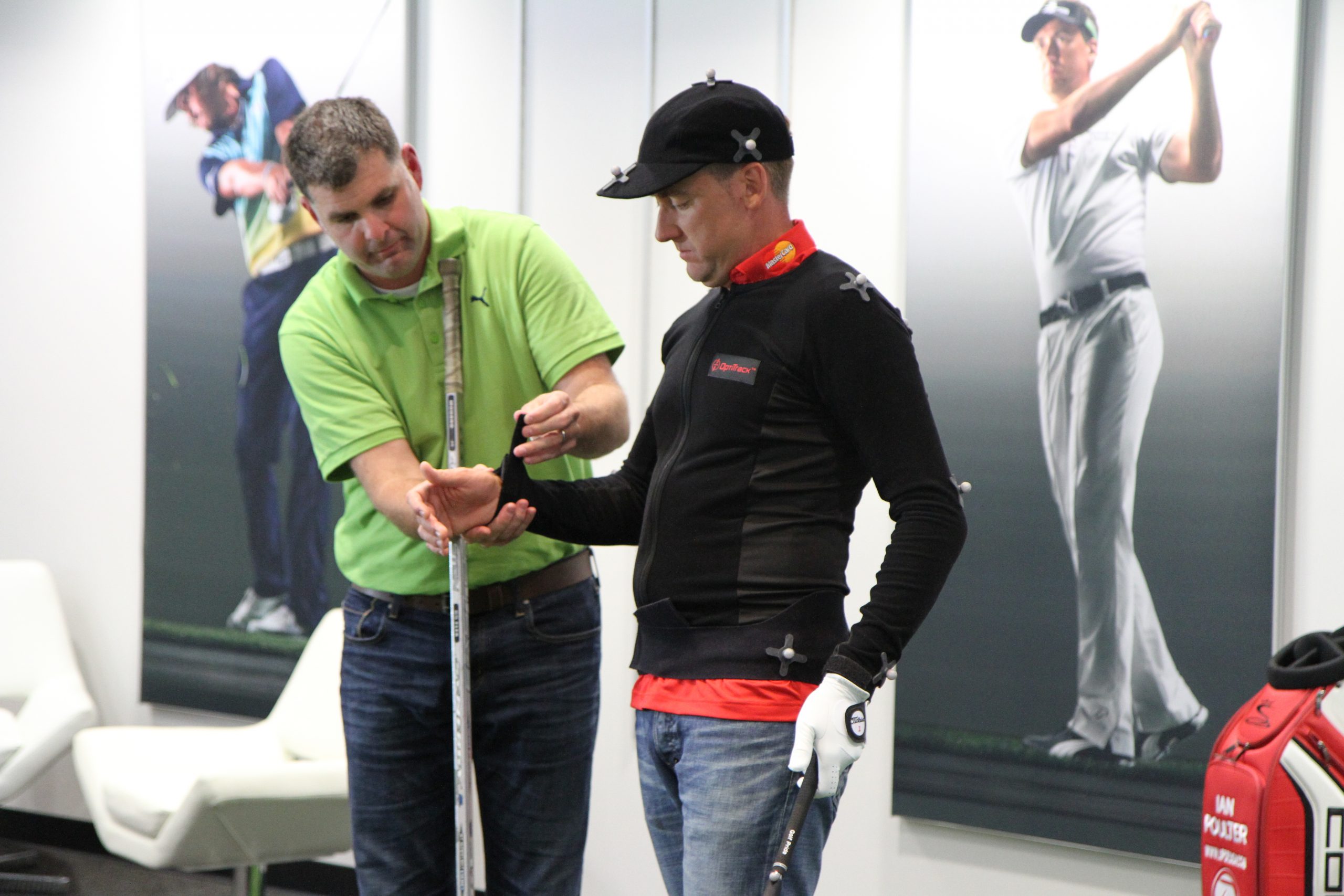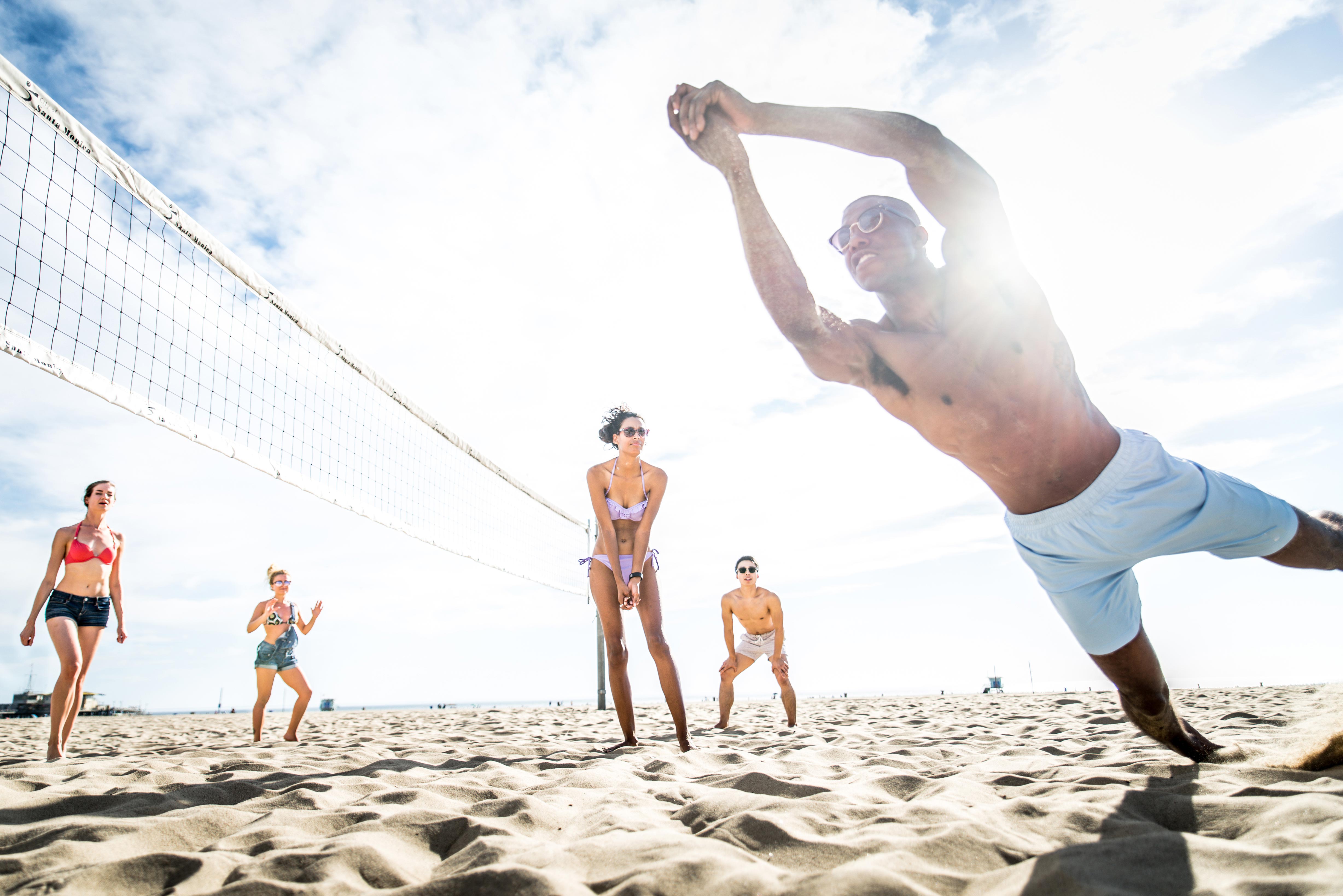Motion capture in sports is rapidly gaining popularity.
The nuances of movement in hitting a golf ball or throwing a pass in football have long been hidden from us, as we could only watch and interpret movement with our eyes. But thanks to sports motion tracking now we can reduce complex movements into exact angles, degrees and speeds that explain sports performance with more clarity than ever thought possible. Coaches, trainers and athletes are realizing that the better you can measure something the more you can improve it, and these detailed analytics provide million-dollar insights and instructions that change athletes’ abilities forever.
What is Optical 3D Motion Capture?
Optical 3D motion tracking provides the most accurate and in-depth analysis of movement for athletes of all sports and skill levels. By affixing small reflective markers at key joints and segments of the athlete, our cameras detect their location in 3D space and use that data to create an avatar for the athlete based on their unique size and measurements. Every movement is recorded at 360 frames per second…from every single angle and with glorious clarity and resolution. With our portable system, Gears can set just about anywhere to capture various skills in a game-like setting. This has an enormous impact on the results as this environment generates the truest mechanics of the athlete when they are on the court or in the field.
What can 3D Motion Capture tell us?
We all know that no two athletes are the same. With variations in anthropometry, coordination, and strength to name a few, we can expect to see differences in some of the mechanics that still allow different players to produce a comparable outcome. Having said that, what Gears has developed is a biomechanical model of movement for various skills. Taking into account the unique features of each athlete, we have found that the most successful athletes use the same underlying coordinative pattern and energy transfer methodology to create the best and most consistent skill execution. THIS is what cannot be seen with the naked eye, and it is the true value of 3D motion capture technology.

Elite athletes have an extraordinary ability to execute a skill with a high consistency. Their body’s ability to compensate and create alternative movement patterns to achieve the desired outcome is exceptional. Consequently, we mostly focus on the result, and as success increases, attention to the intricate movement patterns responsible for that outcome decreases. Using sports motion capture, coaches and trainers can help their athletes understand their movement and consistently execute at elite levels.
For movement quality and subsequent success, you must ask yourself:
-
Is it efficient?
-
Safe?
-
Effective over time?
-
Will the athlete break down?
-
Has the athlete reached their potential, or are there underlying mechanical issues that are hindering skill development? Or worse…increasing their risk for injury.
Despite being able to see a good amount of movement coordination and being able to recognize poor mechanics, there are several factors that simply cannot be seen. The human eye has a “capture rate” of approximately 60 frames per second from one viewpoint. Additionally, we are only able to truly focus on one aspect of movement at a time. A standard 2D video camera has capture rates from 24 to several hundred frames per second, but only from one viewpoint. 3D motion capture measures at 360 frames per second, sees the athlete from every angle, measures the movement of every joint and segment, and see the forces the athlete puts into the ground. Beyond just full 3D visualization, GEARS generates measures of key movement metrics, revealing crucial information about the athlete’s coordination, power, and how they are transferring energy through their body to execute a skill. This data is primarily used for:
-
Baseline data
-
Mechanical inefficiencies
-
Injury risk identification
-
Neuromuscular function
-
Progress over time
-
Compare mechanics to athletes in their age group as well as the top athletes
The athlete’s body is their engine! It’s time to peak under the hood and find out how to really maximize performance.








